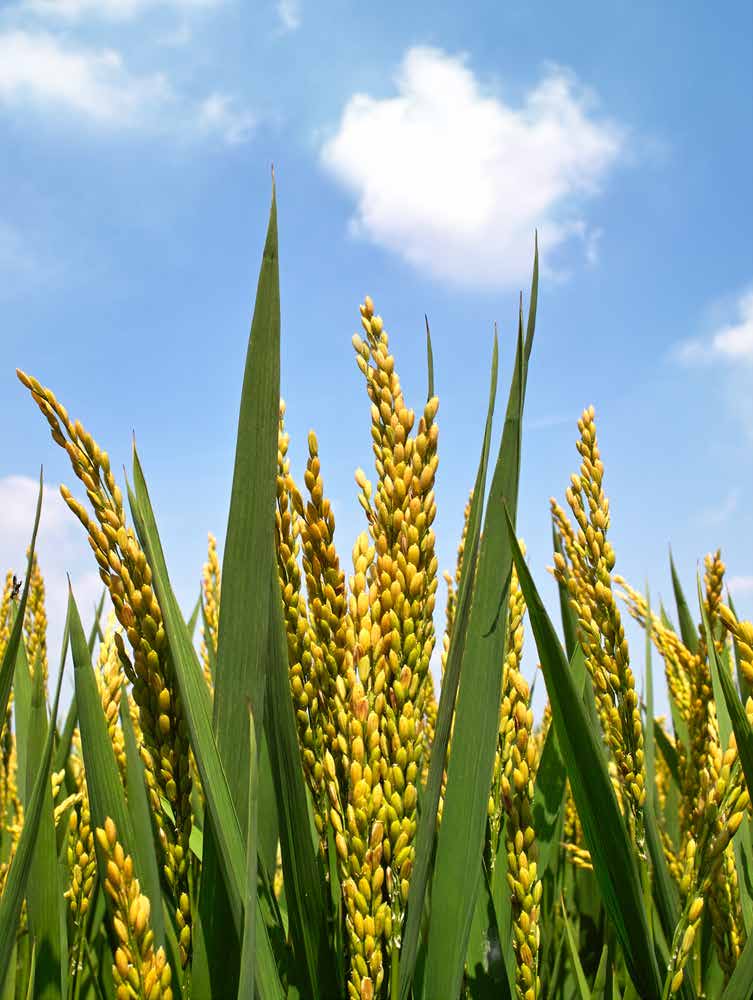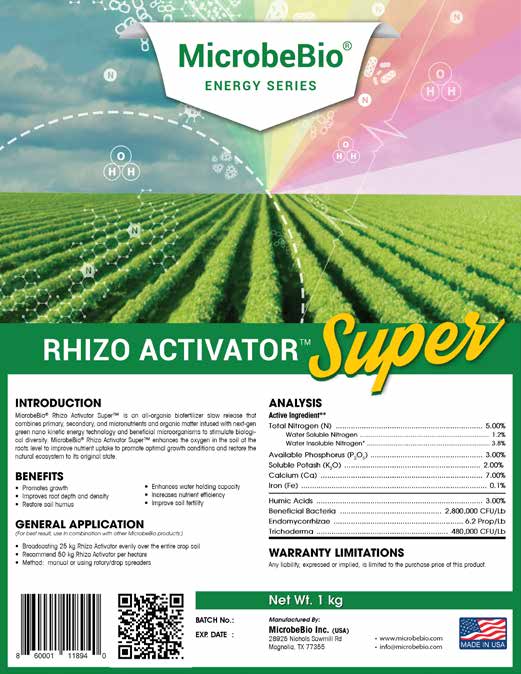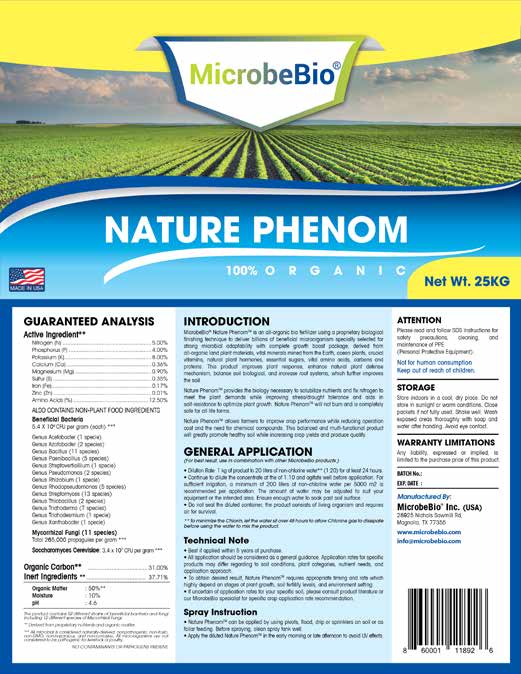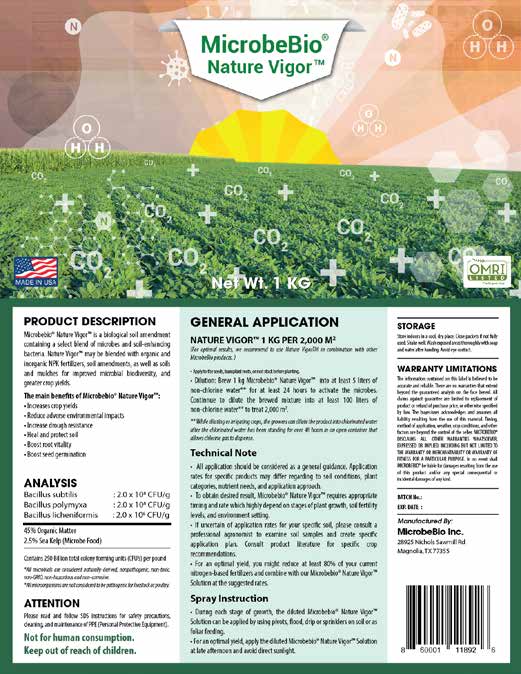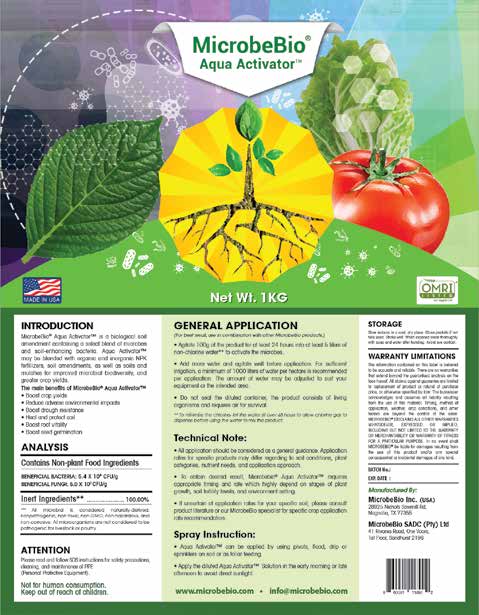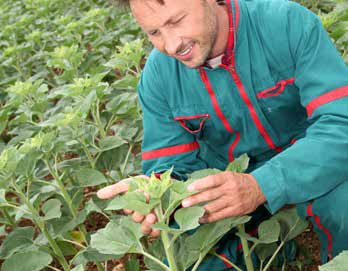Oil bioremediation
Microbebio is an environmental biotechnology firm specializing in developing and producing exclusive bioremediation items, bio-pesticides, bio fungicides, bionematicide, and bio soil enhancements. Their bioremediation products can efficiently and quickly clean up fuel oil spills in water and soil, as well as fumes or fuel odors.
Microbebio’s bioremediation products are non-toxic and organic and have been successfully used in various industrial and residential fuel oil spills. They are effective against a diverse range of fuel oils, including gasoline, diesel, kerosene, aviation fuel, transformer oil, and home heating oil. Recently, they have also demonstrated efficacy in managing contamination levels of trichloroethylene (TCE) and tetrachloroethylene (PCE) contaminated oil and indoor air.
Their products are well-suited for most oil cleanup projects and can remediate a broad range of hydrocarbon contamination.
Microbebio special selected microorganisms are essential components of bioremediation processes that play a vital role in the degradation of pollutants, including oil, in soils and water. Bioremediation involves the use of microorganisms to transform pollutants into less harmful substances.
Microbebio special selected microorganisms that accelerate bioremediation and oil biodegradation are known as hydrocarbonoclastic microorganisms. These microorganisms are capable of breaking down hydrocarbons, such as oil, into less harmful substances. Hydrocarbonoclastic microorganisms can be classified into two groups; those that utilize hydrocarbons as a source of carbon and energy and those that utilize hydrocarbons as a source of energy only.
Microbebio special selected microorganisms accelerate oil biodegradation in soils and water by producing enzymes that break down hydrocarbons into smaller, more accessible compounds. These compounds are then further broken down by other microorganisms, resulting in the complete degradation of oil. The presence of Microbebio special selected microorganisms in contaminated sites can enhance the rate of bioremediation, and their abundance and activity can be enhanced through the addition of nutrients, oxygen, and other growth-promoting factors.
The application rate of Microbebio specially selected microorganisms to remediate oil in the soil can vary depending on several factors, including the type and extent of contamination, the type of microorganisms used, and the site’s environmental conditions.
Generally, the application rate of microbes for bioremediation purposes is expressed as colony-forming units (CFUs) per unit of contaminated material or per unit of soil volume. The recommended application rate of microbes for oil bioremediation ranges from 10^5 to 10^9 CFUs per gram or per liter of soil, depending on the specific circumstances of the contaminated site.
It is important to note that applying Microbebio special selected microorganisms alone may not be sufficient for the complete remediation of contaminated soils. The success of bioremediation largely depends on creating an environment that is conducive to the growth and activity of the microorganisms, which involves managing factors such as temperature, moisture, oxygen, and nutrients.
In addition to the application rate of Microbebio special selected microorganisms, the timing and frequency of application are also crucial for achieving optimal results. The application of Microbebio microbes should be made in stages to allow for the gradual degradation of contaminants and avoid overwhelming the microorganisms with excessive amounts of pollutants.
Yes, there have been several case studies on the use of microbes to remediate oil in the soil. Here is one example:
In 2010, a pipeline rupture in Marshall, Michigan, caused over 800,000 gallons of crude oil to spill into the surrounding environment. The contaminated area included wetlands, farmland, and residential areas.
In response to the spill, a bioremediation treatment using microbes was employed to degrade the oil in the soil. Bioremediation involves the application of a mixture of naturally occurring bacteria and nutrients to the affected areas.
The microbes used in the treatment were specifically selected for their ability to degrade the types of hydrocarbons found in crude oil.
The bioremediation treatment was carried out over a period of several months, during which time the microbes worked to break down the oil in the soil. The treatment was monitored regularly to ensure that the oil was being effectively degraded, and adjustments were made to the application rate of the microbes as needed.
The bioremediation treatment was successful in reducing the levels of oil in the soil to below regulatory standards, and the treated areas were ultimately deemed safe for human and animal habitation.
This case study highlights the potential effectiveness of using microbes to remediate oil in the soil, as well as the importance of careful monitoring and adjustment of the treatment approach to ensure optimal results.
